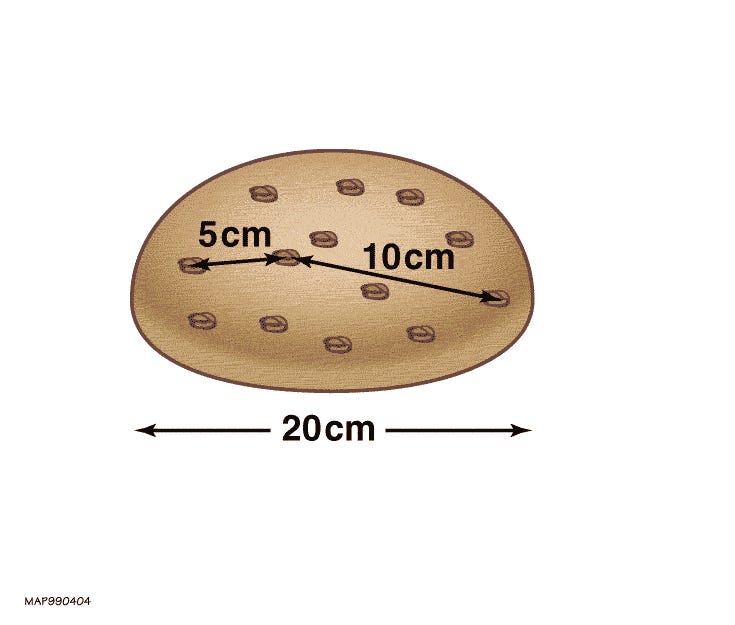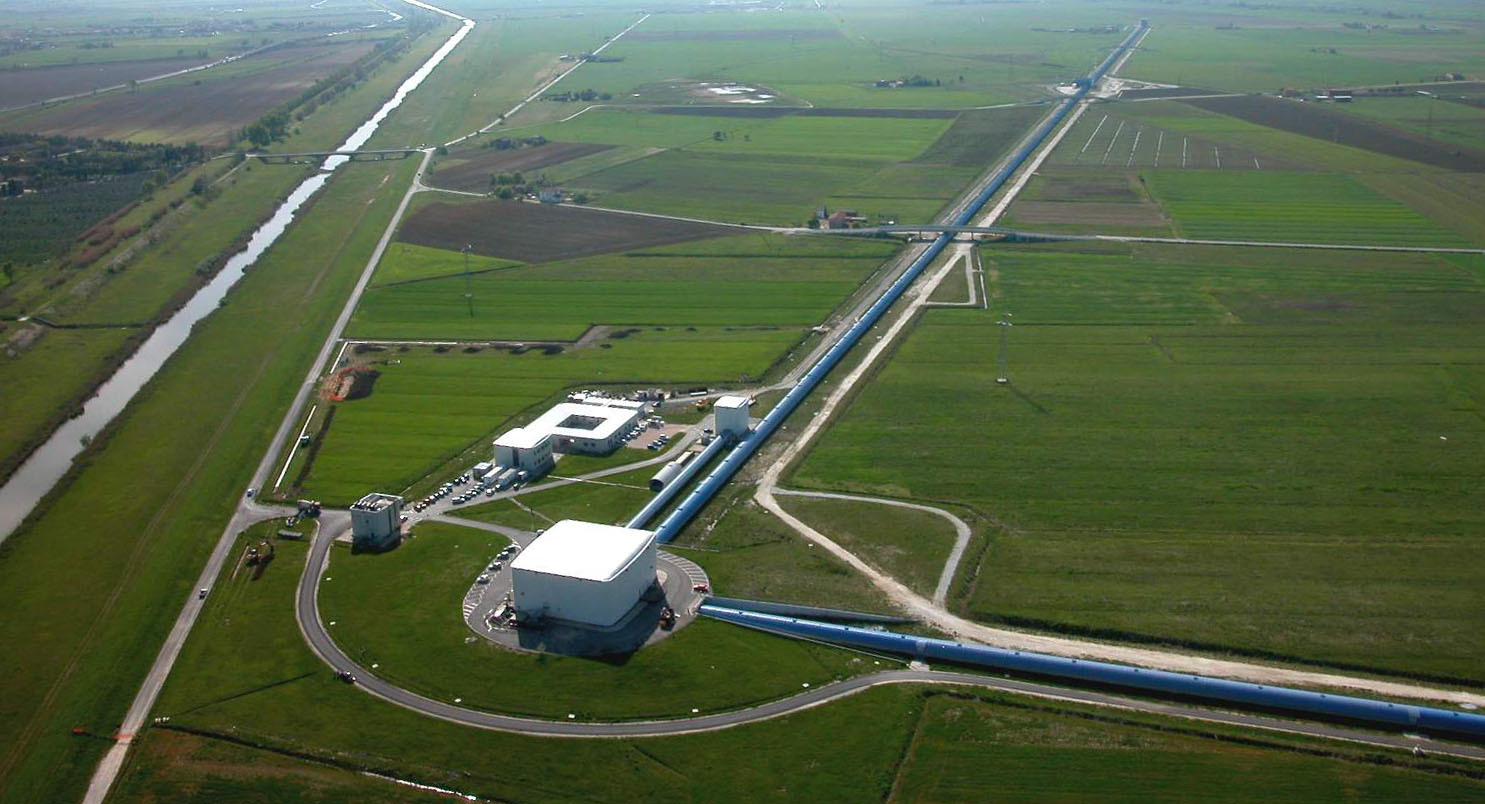We got the following question on our Ask The Physicists Facebook page that really got some heads scratching at our end: Are the dimensions of space constant? Is todays metre the same as tomorrows meter? The thought was that, if everything were expanding or contracting uniformly on an absolute scale, an observer embedded within the expanding or contracting matrix would observe that the metre remains constant. The question is based on the understanding that the universe is expanding and given we are talking about space-time and that speed is calculated as distance divided by time, the question provider’s assumption was that speed is constant. We discuss these questions and assumptions below.
A metre is a metre
The short answer here is that a metre is a metre – it is constant because bounded objects (people, rocks, planets, galaxies, etc) are fixed. It is the space between the bounded objects that expands. That is, the universe is expanding, but you and I and the planet we are fixed on are not, but we are moving relative to other bounded objects in the universe. This means that the distance between us on Earth (positioned in the Milky Way galaxy) and the bounded objects in our nearest galaxy, the Andomeda galaxy (and every other galaxy) is increasing. And thanks to cool technology such as the LIGO gravitational wave detectors that are sensitive to changes in distance as small as less than 0.1% the width of a proton, we can quantify this. Ethan Siegel explains this quite well in this article
And LIGO stands for, Laser Interferometer Gravitational-Wave Observatory
A common analogy used here is that of the leavened raison bread, best explained again by Ethan in the Forbes article linked above


Image of the Virgo LIGO (near Pisa, Italy). Image: The Virgo collaboration/CCO 1.0
Distance is changing and Speed = distance / time
We thought our question provider might have a small misunderstanding about the expansion of the universe. In our frame of reference here on Earth a metre remains constant as is the measurement of speed.
But it gets more complicated when one person or object is moving relative to another. Our frames of reference change.
For instance, the equation to measure speed, “v=d/t”, works in the first instance, but if for example, you consider light travelling between two galaxies, you can’t just take the current distance between two galaxies and divide it by the time it took light to travel between them and say that’s the speed of light – because the galaxy has continued to move with the expansion of the universe and is no longer in the same position and because we need to account for gravity and its implications on the curvature of spacetime For clarification on this check this page on Big Think
This wiki page has a slightly more technical explanation on all on this
Lots of thanks go to FLEET’s Dimi Culcer and Yik Lee for their help on this question

Image: NASA, Goddard Space Flight Center
